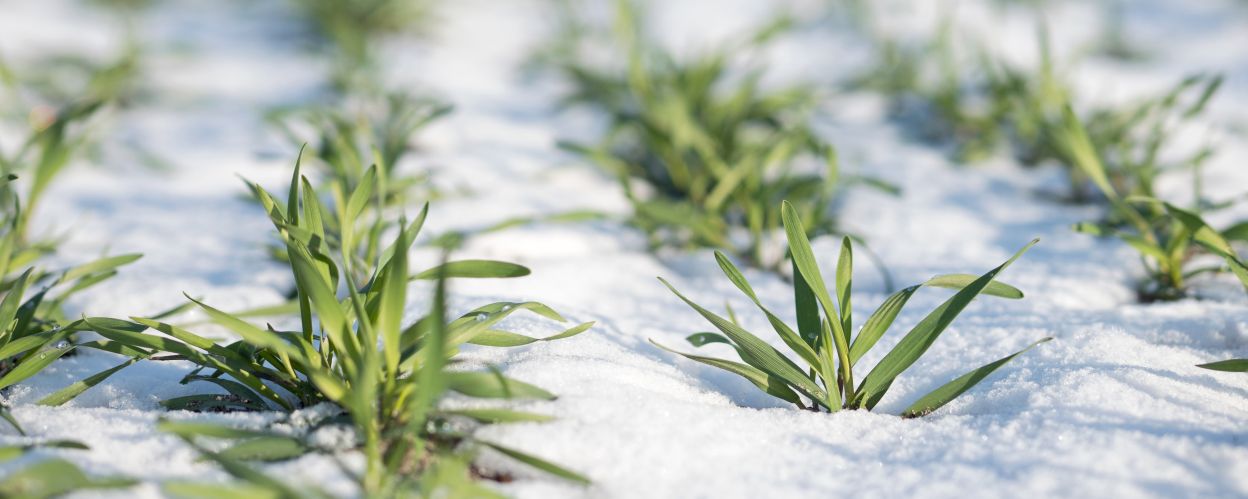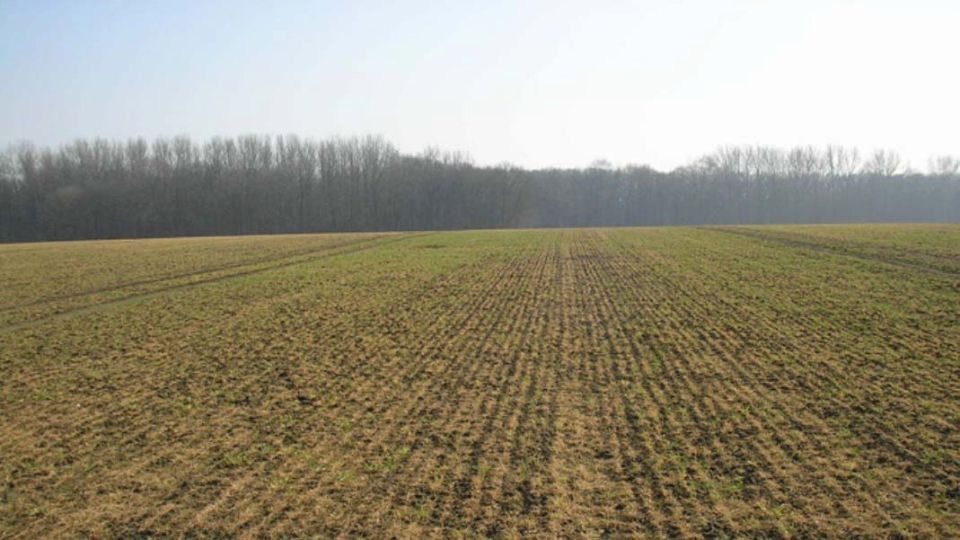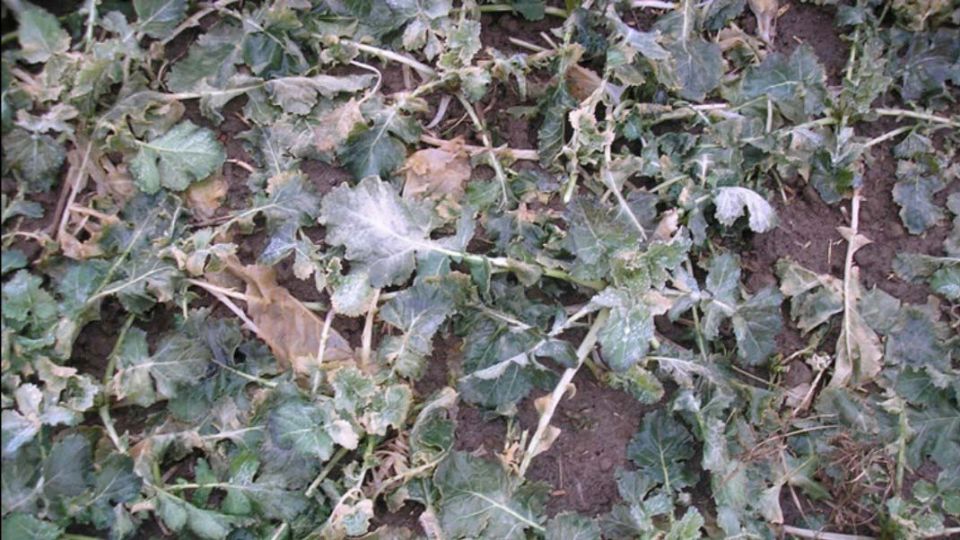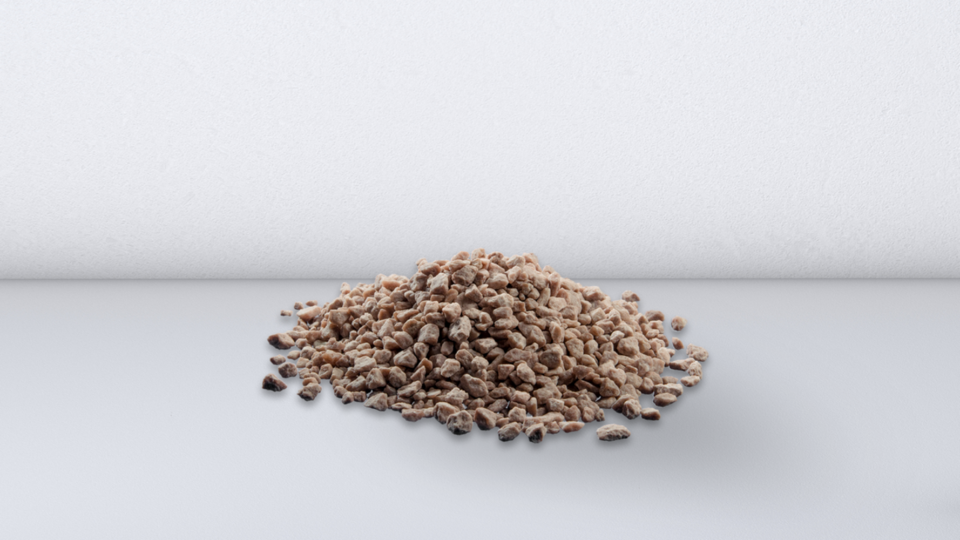
Potassium and magnesium provide optimum frost protection
The consequences of unfavorable weather conditions can be serious. Sudden cold, extremely low temperatures, and alternating frosts mean stress for plants and can lead to considerable winter damage.
Sugar and potassium as antifreeze
In the event of so-called termed ice death, cells are destroyed by ice crystals. Plants can protect themselves against this by storingpotassiumand sugar in cells. Both lower the freezing point of the cell sap and act as an antifreeze. A good supply of potassium in fall is absolutely necessary for the formation and storage of sugar in cells. If further water is removed from the cell interior due to the harmless formation of ice in the intercellular spaces, the potassium and sugar concentration in the cell interior increases and therefore improves frost protection.
This protective mechanism is built up during acclimatization, the hardening of plants. Temperatures just above 0°C are necessary for this. In the event of sudden heavy frost before the start of dormancy, the plants are not yet sufficiently adapted to low temperatures. In addition, the choice of variety has a strong influence on frost resistance.
Potassium and magnesium provide protection
In addition to ice death, freeze-dry death is an important cause of winter damage. When the soil is deep frozen, the plants cannot absorb enough water. The consequence is that they “die of thirst”. This happens above all when large quantities of water evaporate via leaves - for example, when there are strong winds or sunny weather.
A balanced supply of nutrients can protect against freeze-dry death for a limited period of time. The osmotic function of sugar and potassium, as well as the function of potassium in regulating the closing cells, improves water balance and prevents uncontrolled water loss through the leaves. Magnesium promotes root growth and can therefore help ensure that plants can still absorb water from deeper soil layers via a well-developed root system, even when the soil is slightly frozen.
A crucial test for roots
Heavy alternating frosts - for example, plus degrees during the day and frost at night - result in soil movement, which can cause the roots to break off. The absorption of water is therefore reduced. At the beginning of the vegetation phase, new roots must be formed before the plant can fully develop. Freezing can be prevented by good compacting of the seed bed. However, the promotion of root growth also influences a sufficient supply of magnesium for stock recovery.
For optimum frost protection: Korn-KALI®
A balanced potassium and magnesium nutrient supply helps plants to better withstand cold stress. Korn-KALI® with 40% K2O, 6% MgO and 5% S in a water-soluble form that is immediately available to plants gives the crops exactly what they need for good winter hardiness.
Regular basic fertilization reduces the risk of unfavorable weather conditions causing avoidable yield losses. With the use of Korn-KALI® you minimize the risk of losses and secure a chance of high yields.
Potassium and magnesium minimize the risk of frost damage
Crop management measures can mitigate the consequences of frost events. A good supply of potassium in the fall ensures that the plants store sufficient sugar and potassium and protect these from cell damage like an antifreeze. Magnesium strengthens the root network and therefore optimizes water uptake and allows torn-off roots to grow back quickly.





